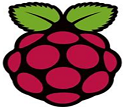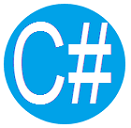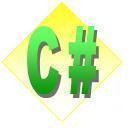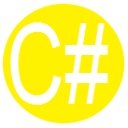
These labs provide a group of debugging scenarios focused on helping you get some hands on experience in debugging the most common type of IIS issues. For example, hang/performance, crash and memory issues. Installation These labs are focused IIS 8.5, but can be run on the following versions of IIS IIS Version Operating System IIS […]
Read More →




